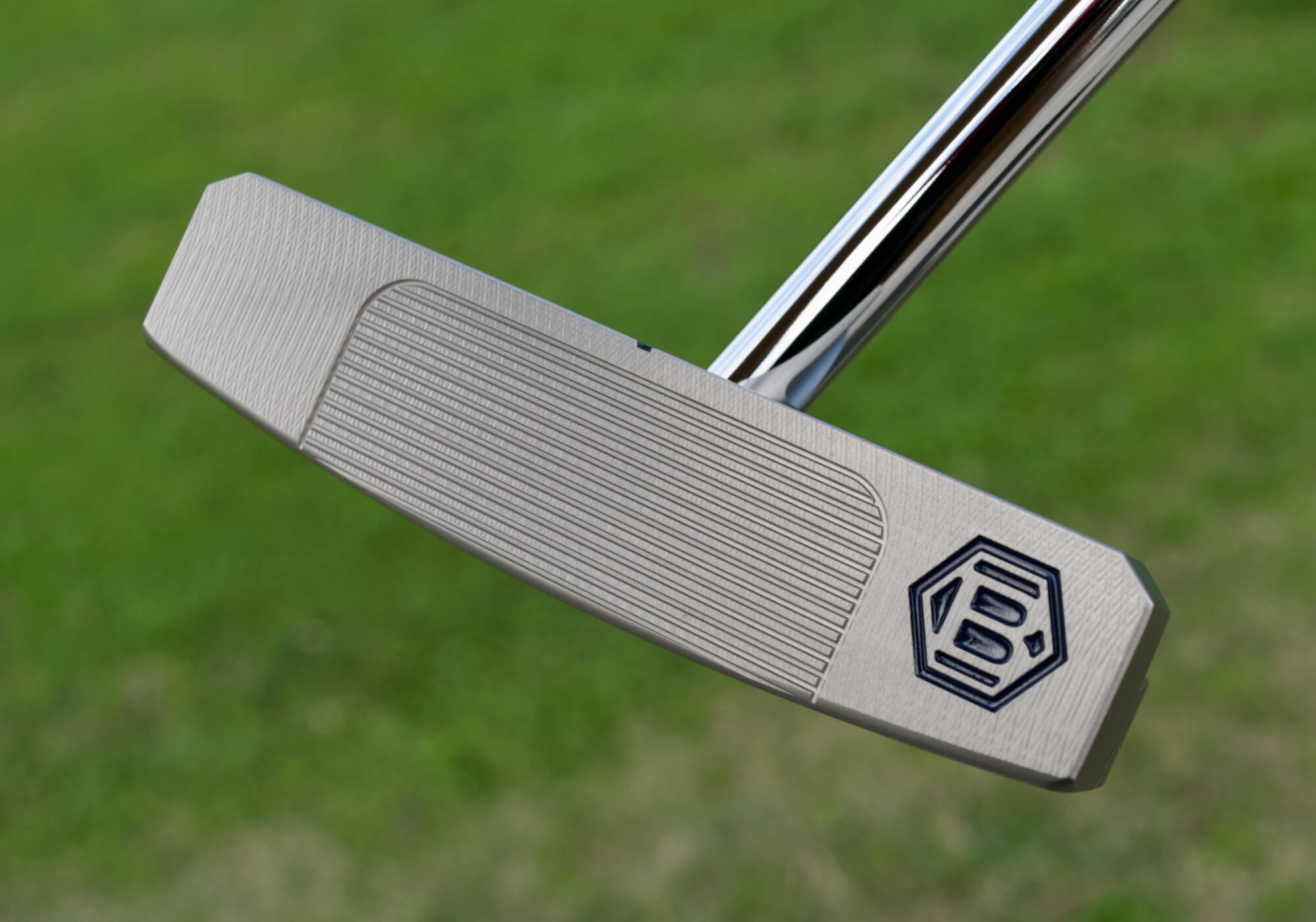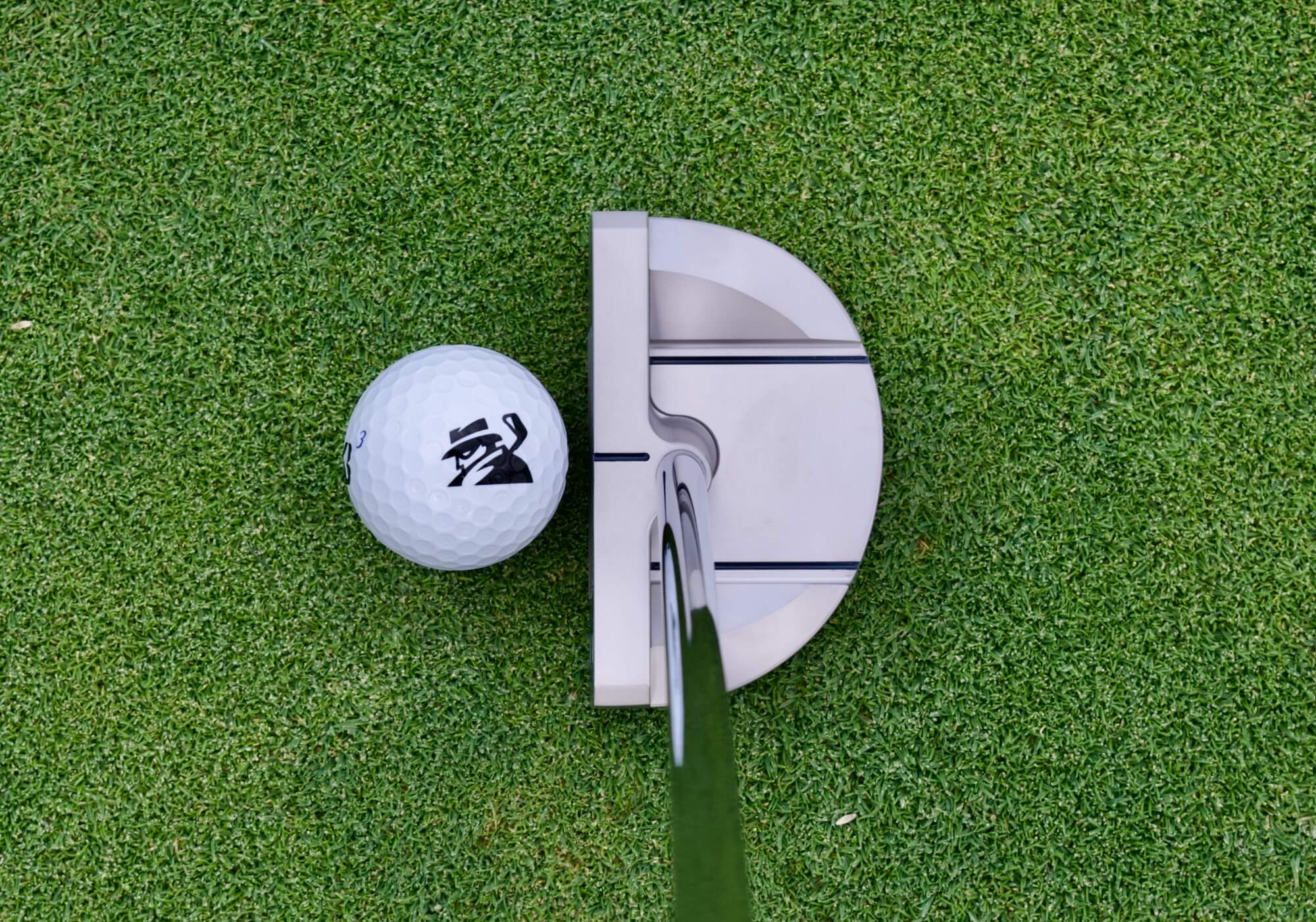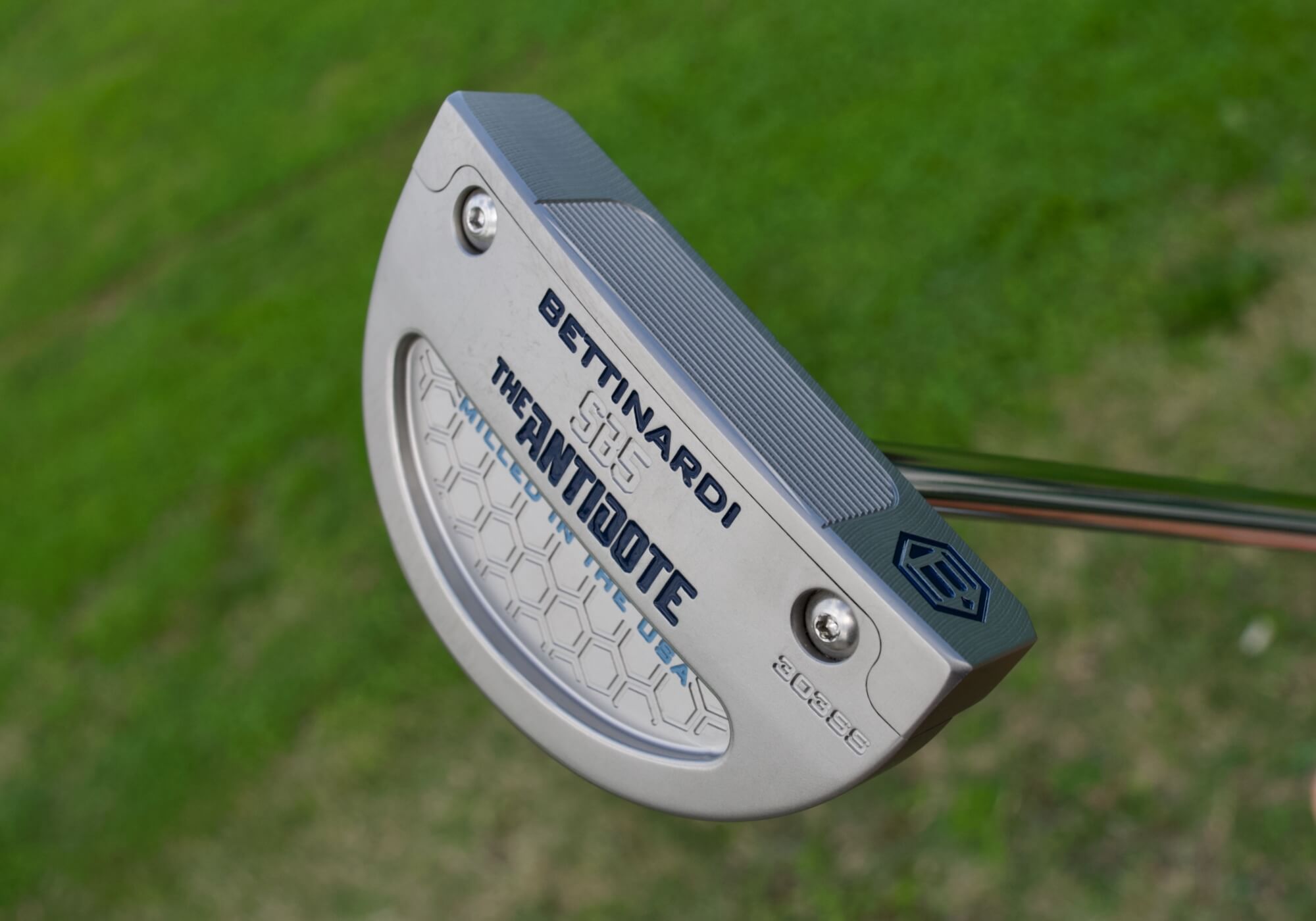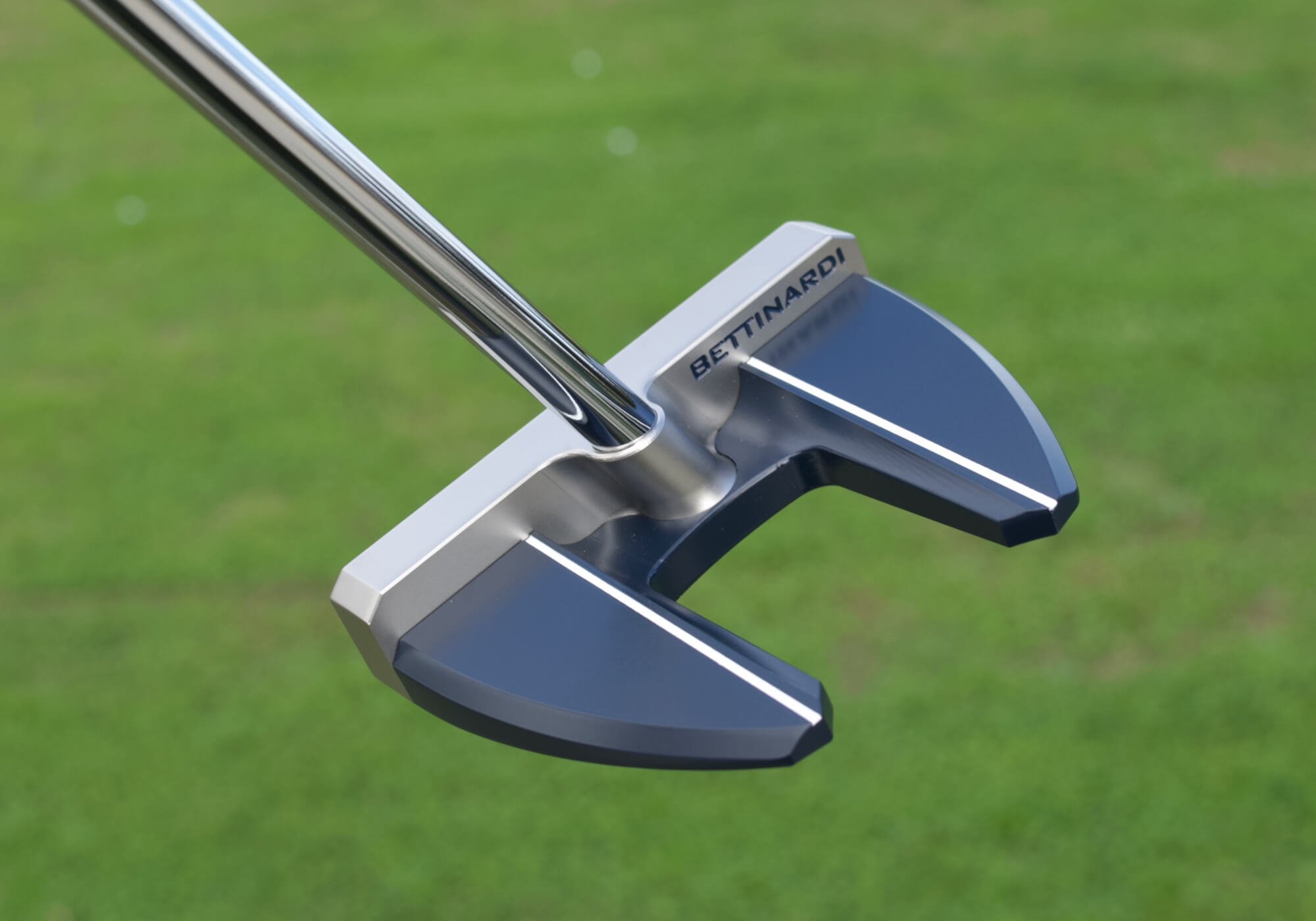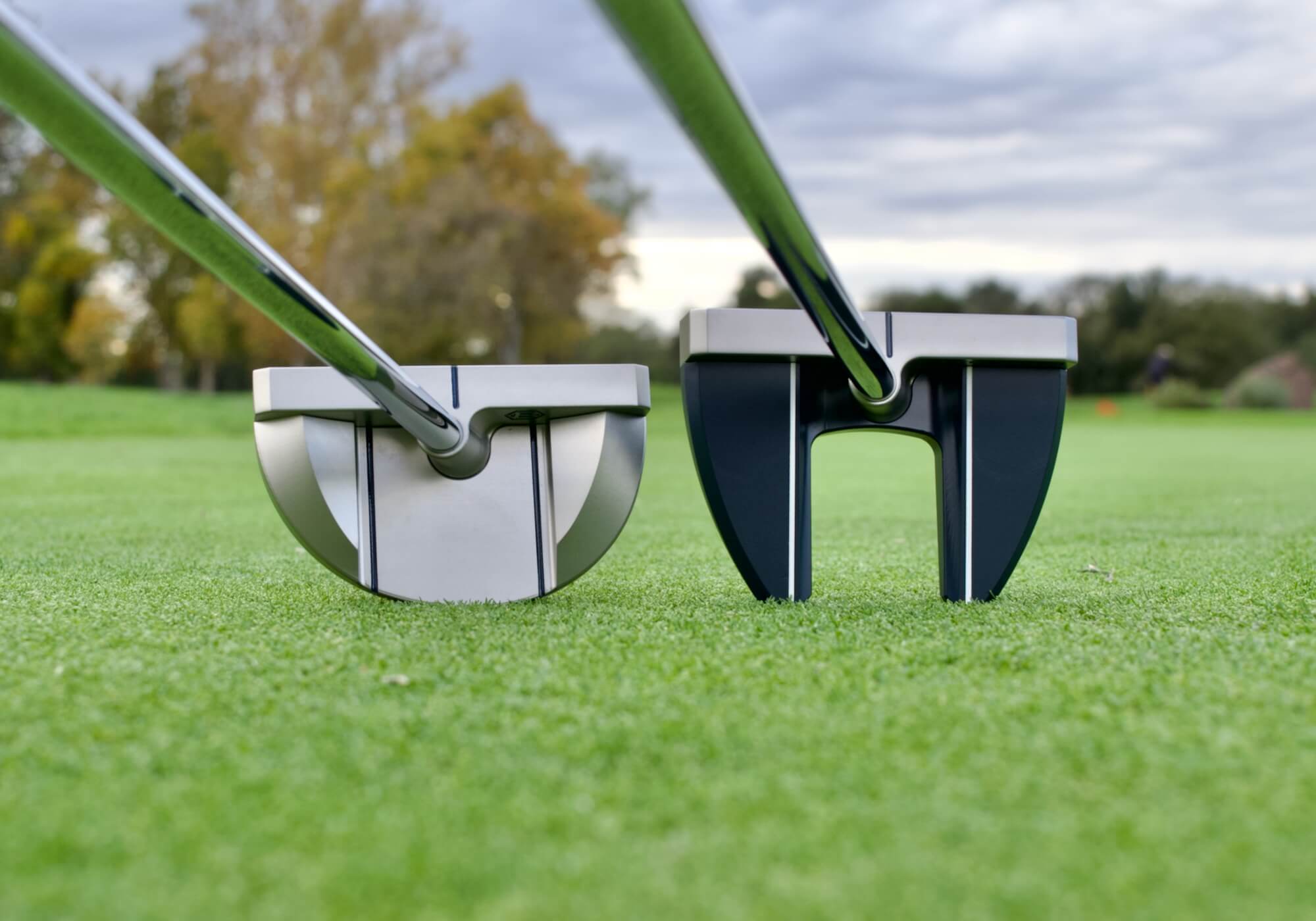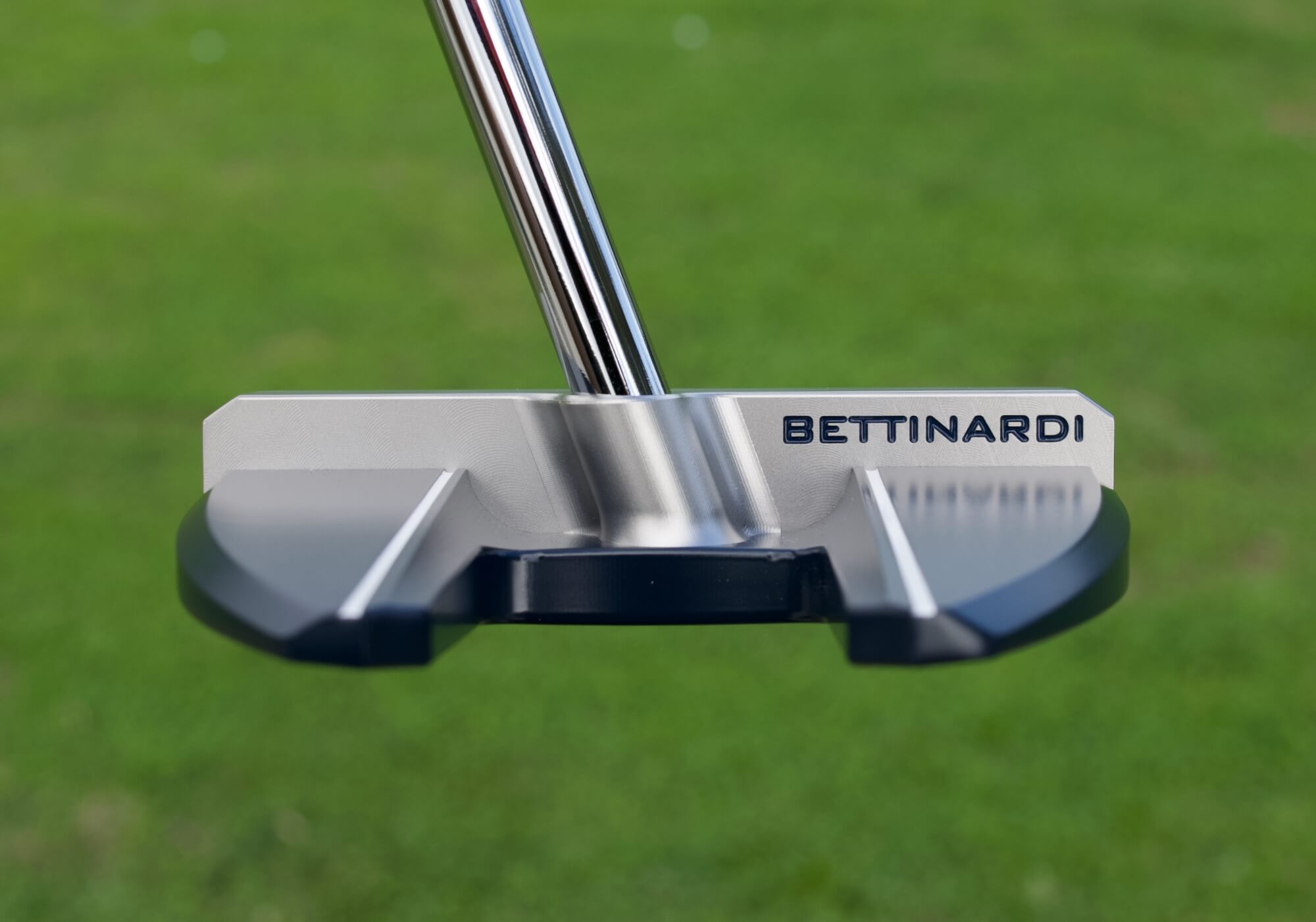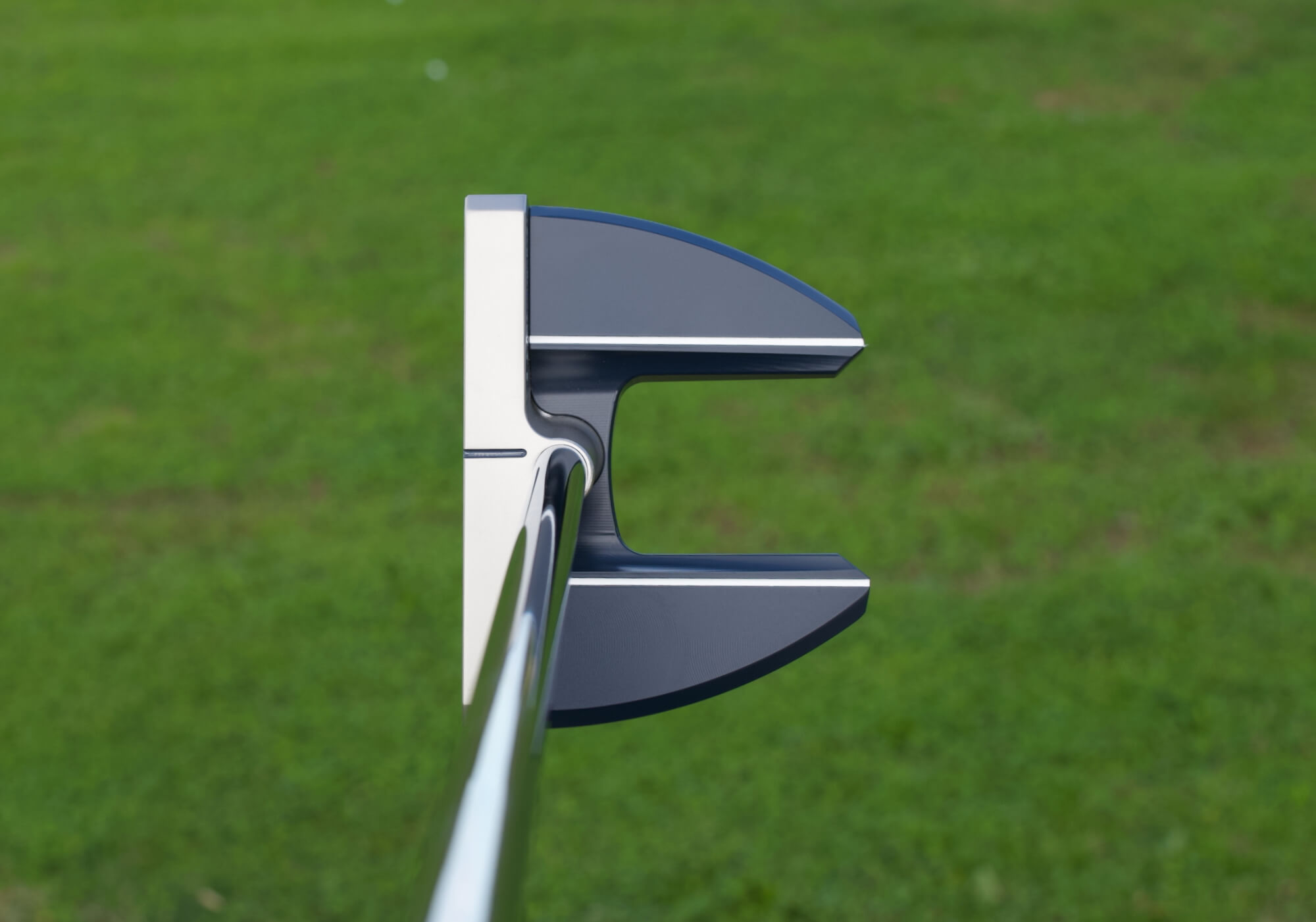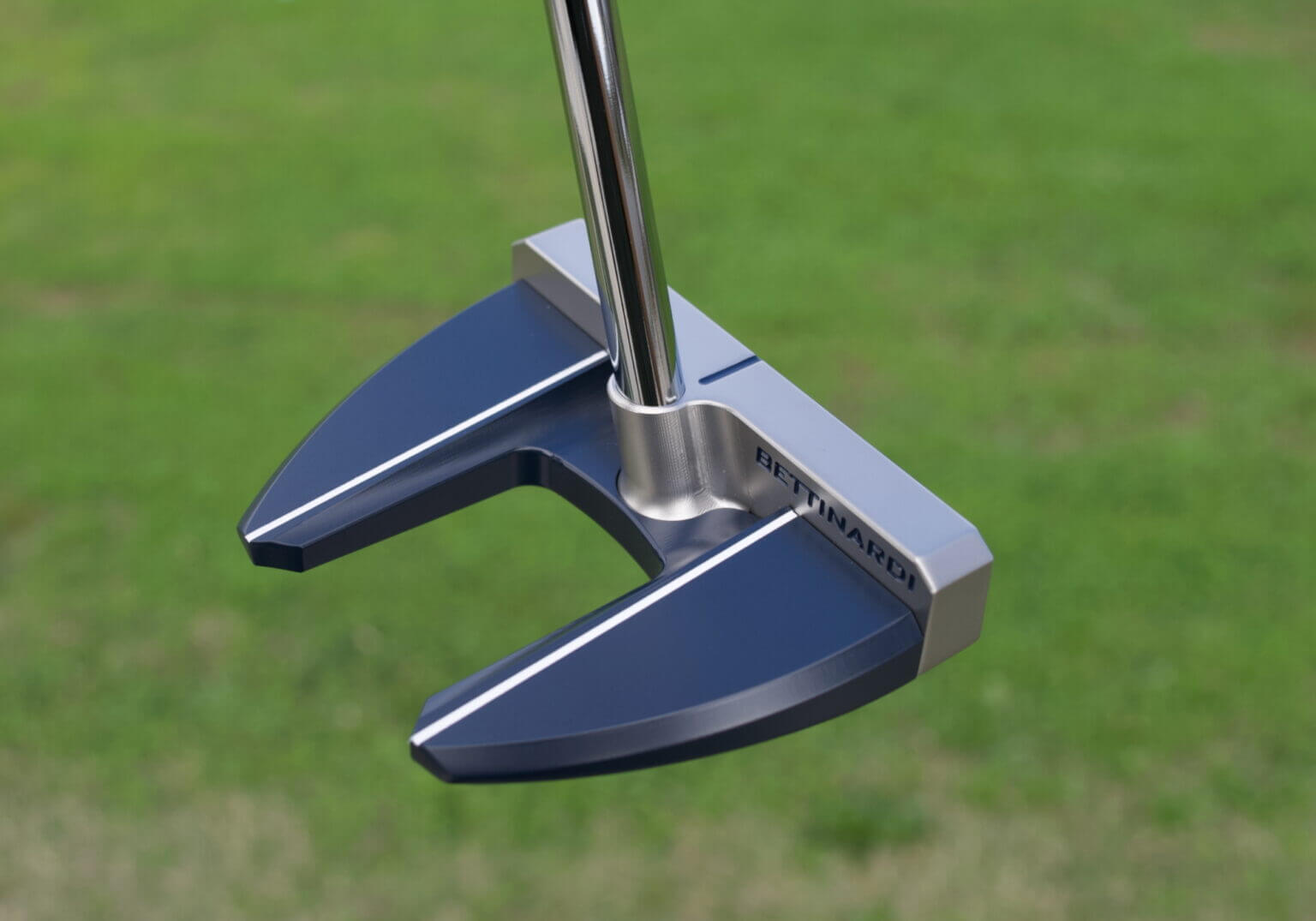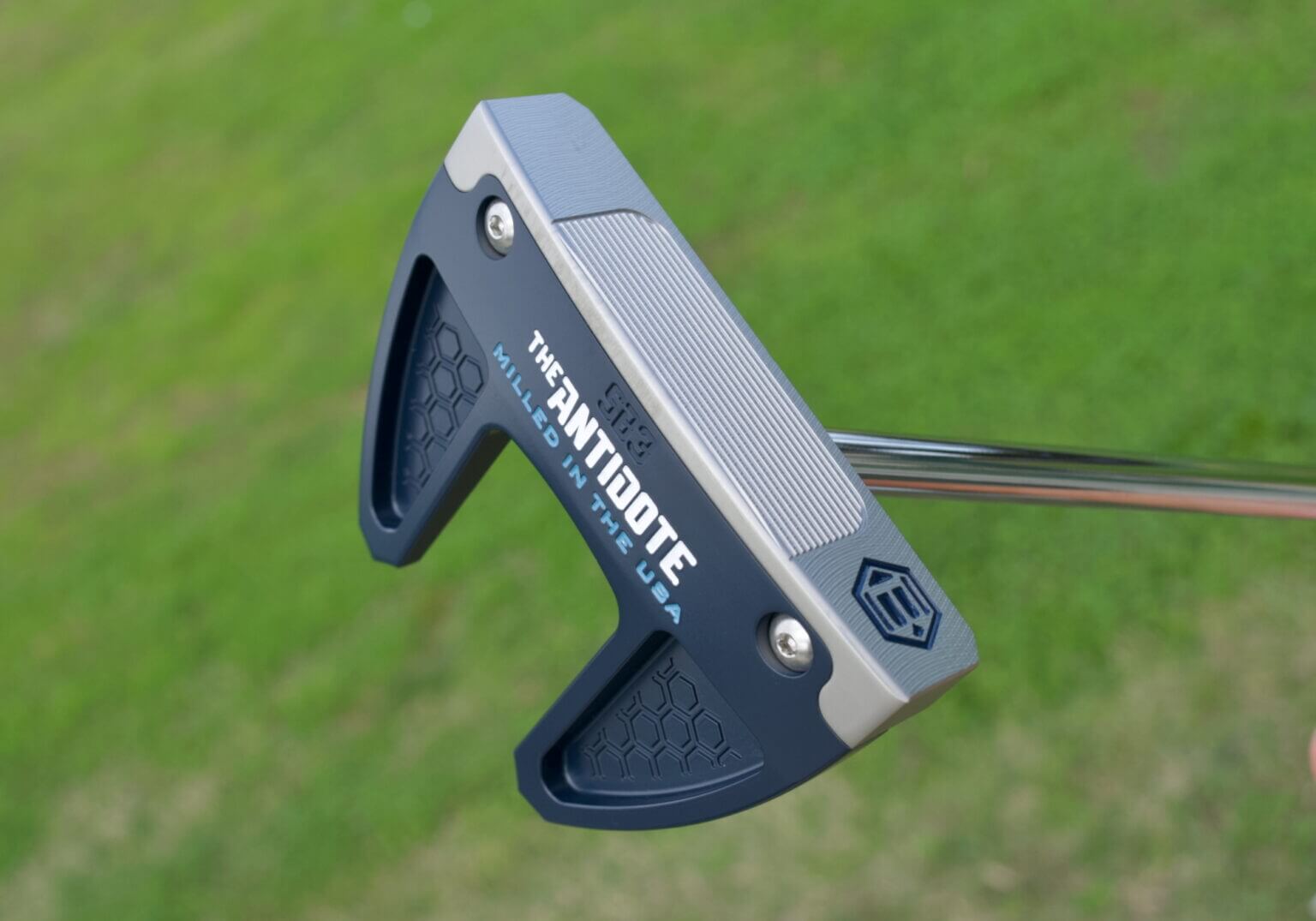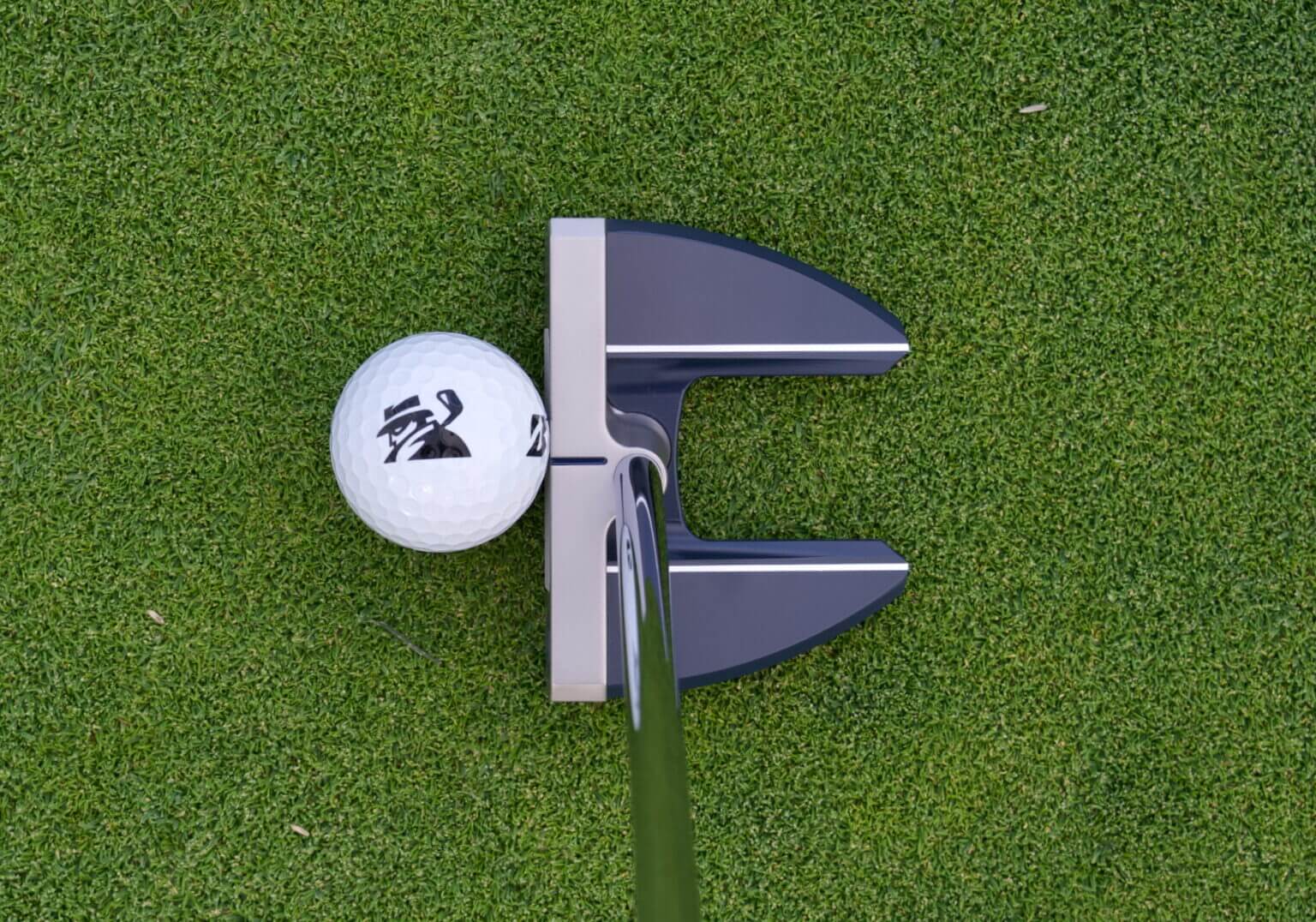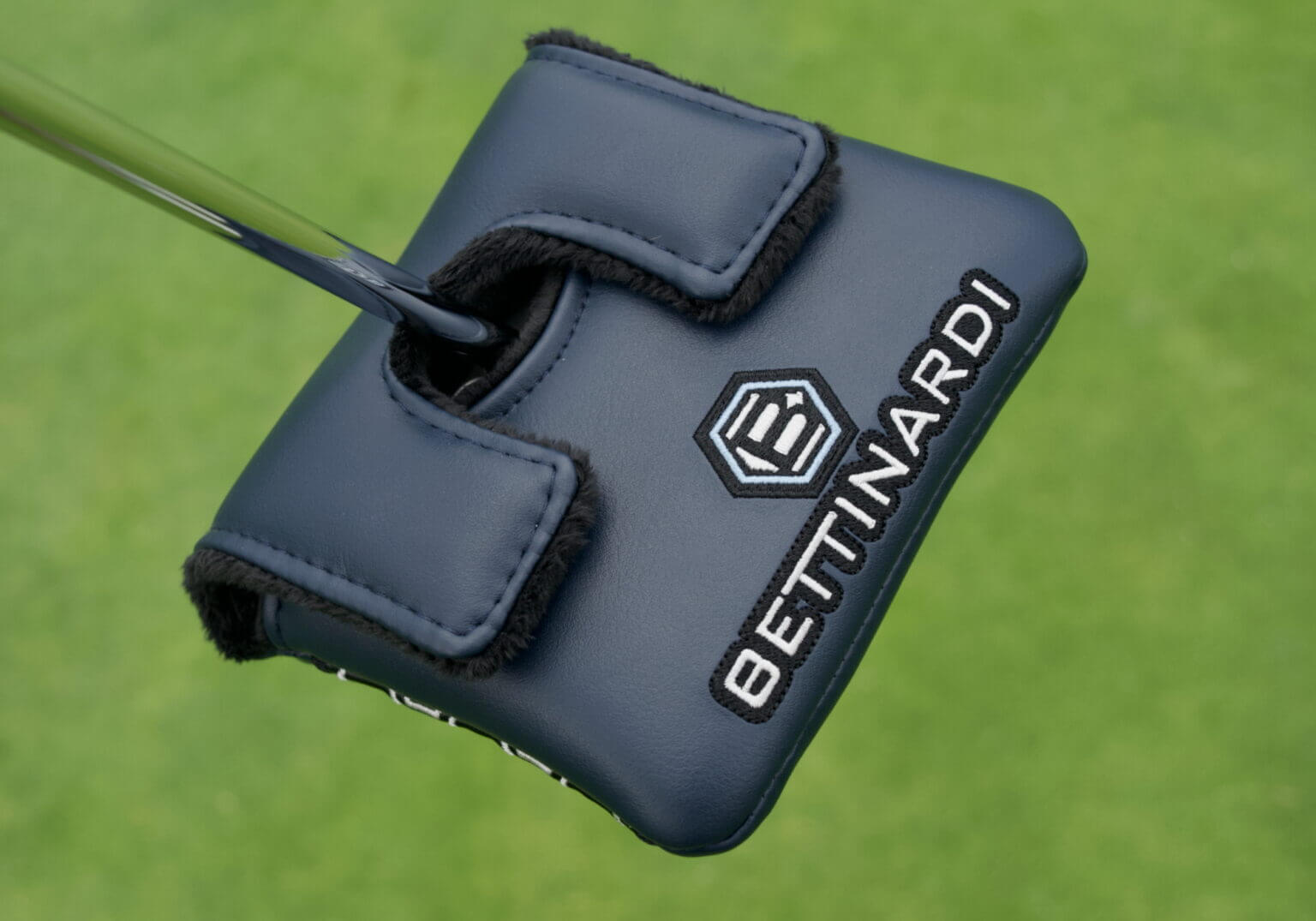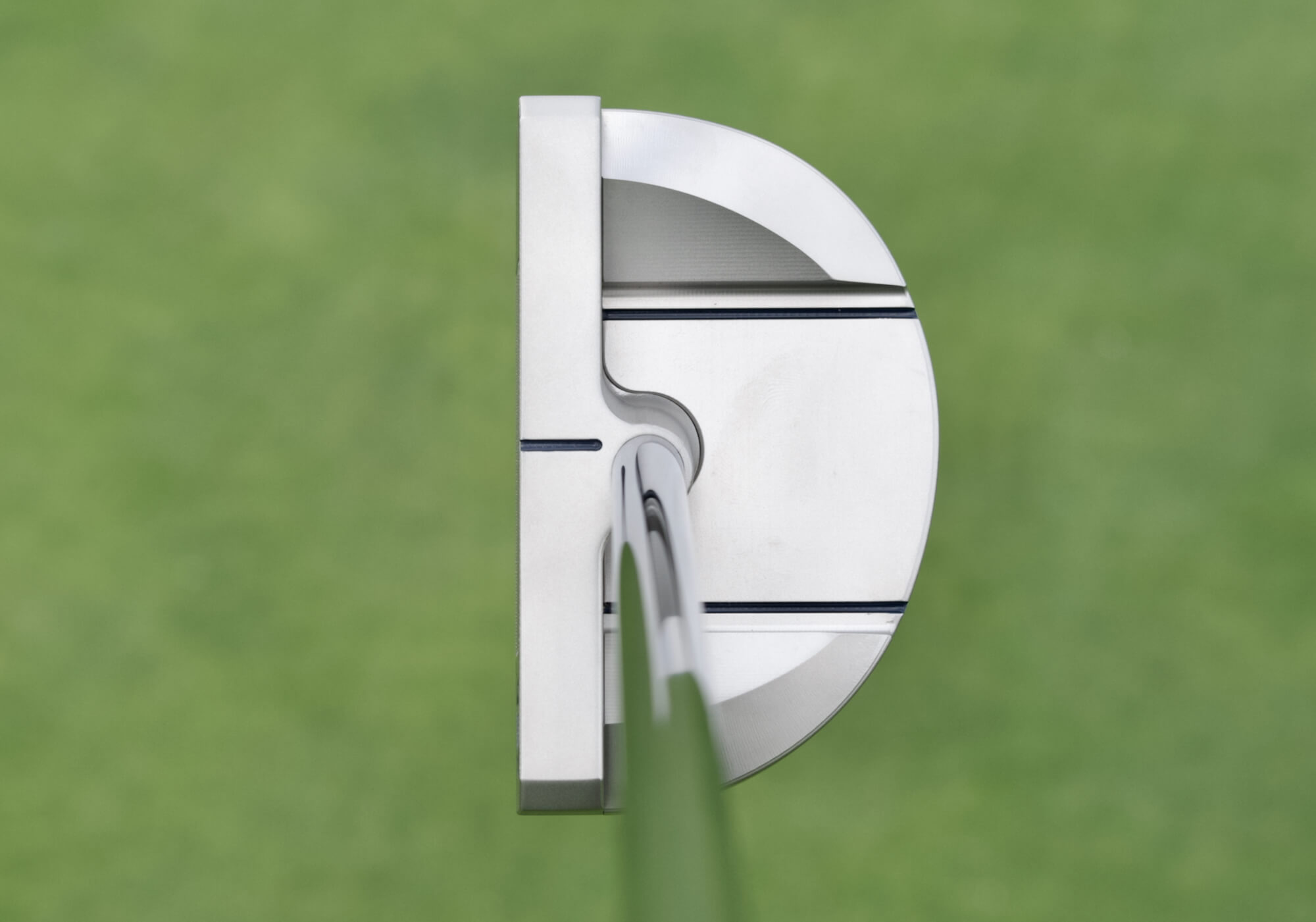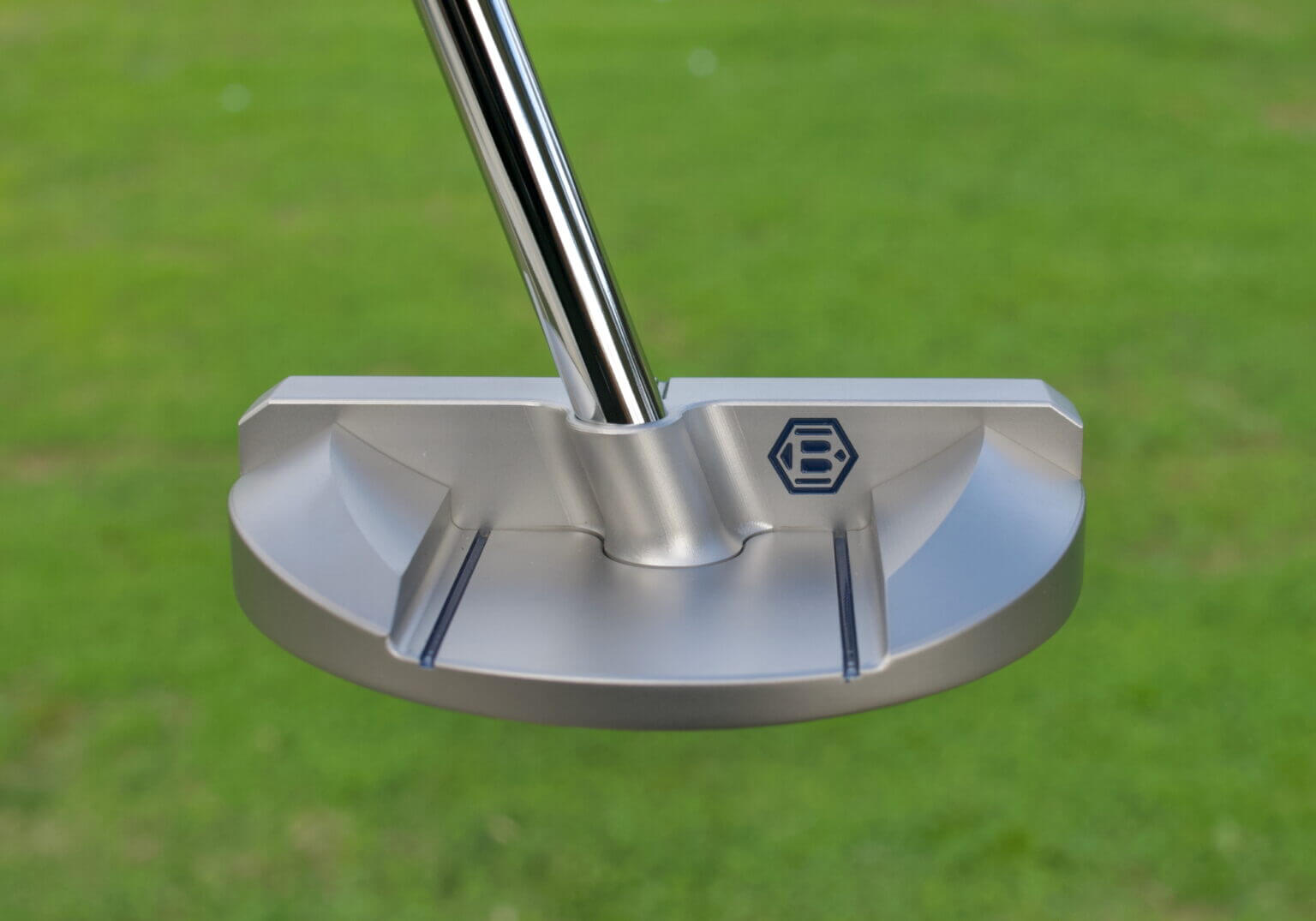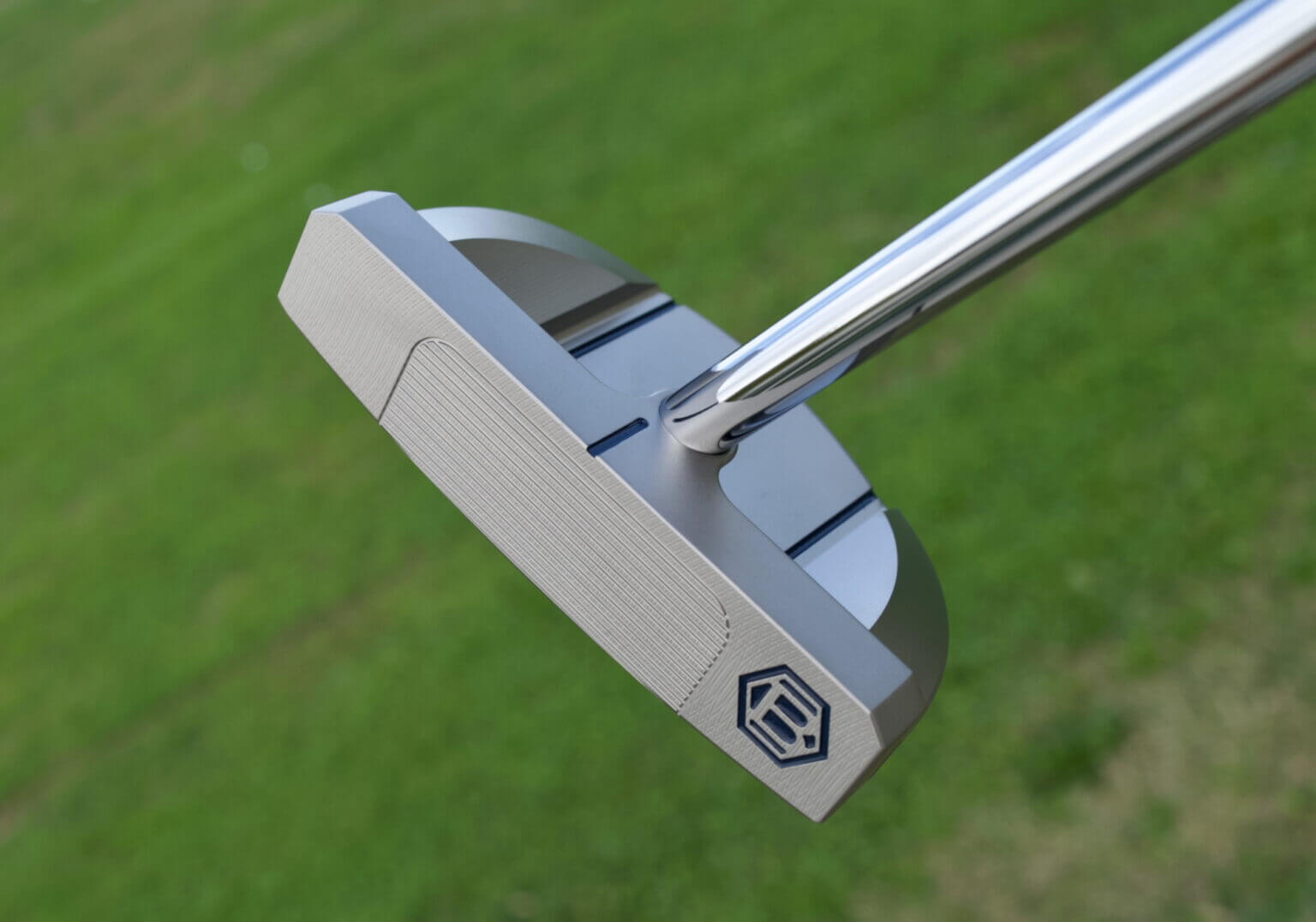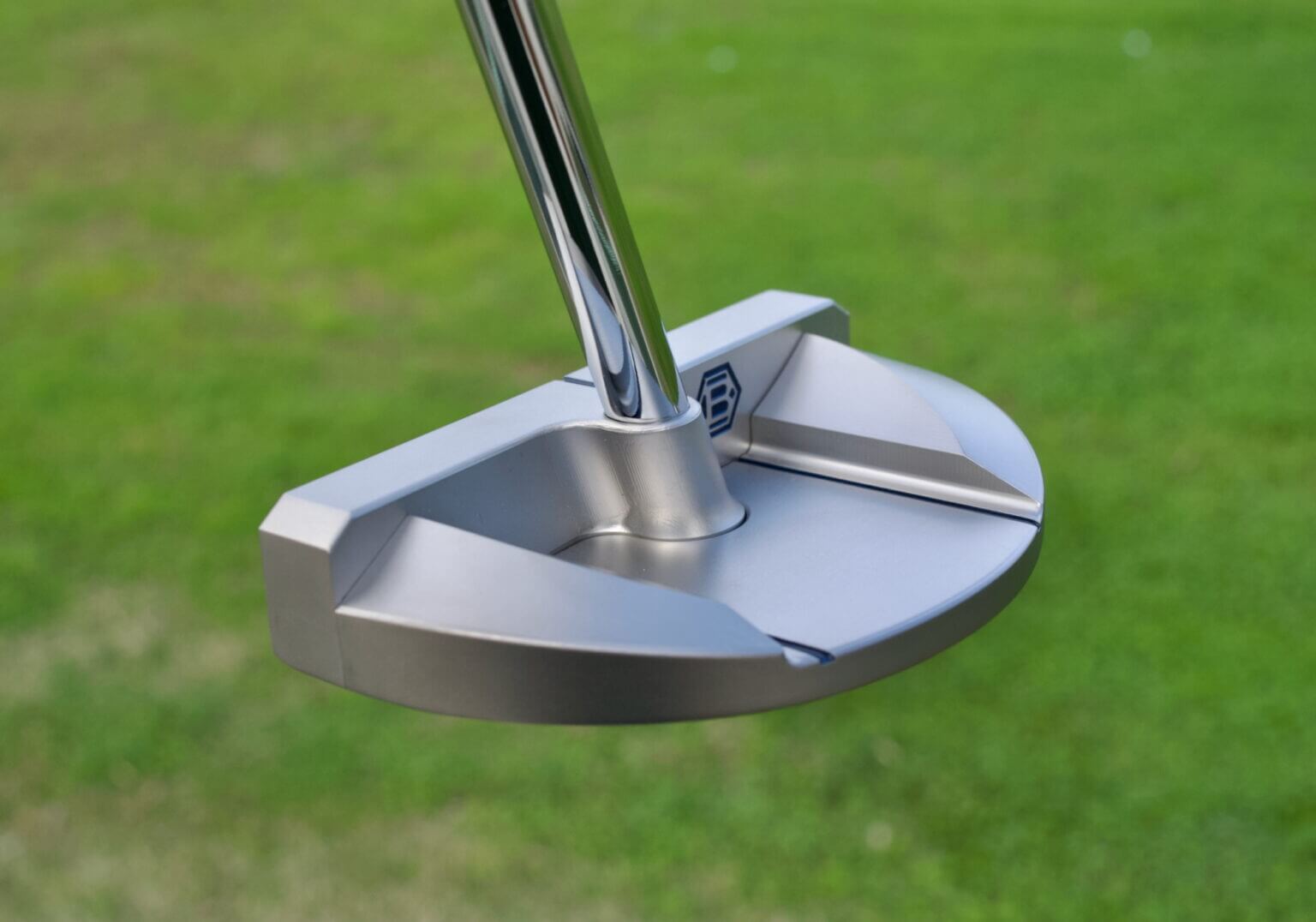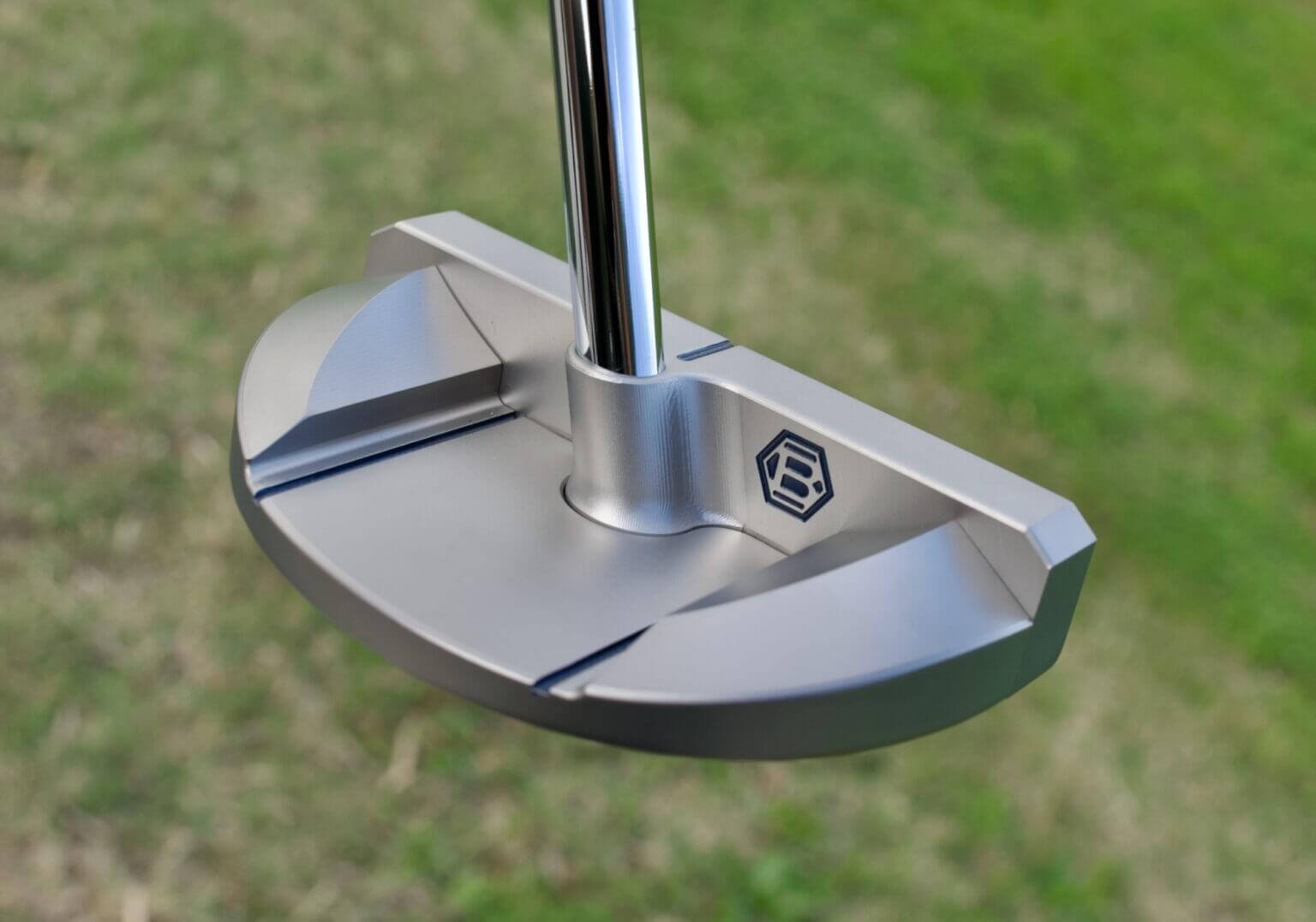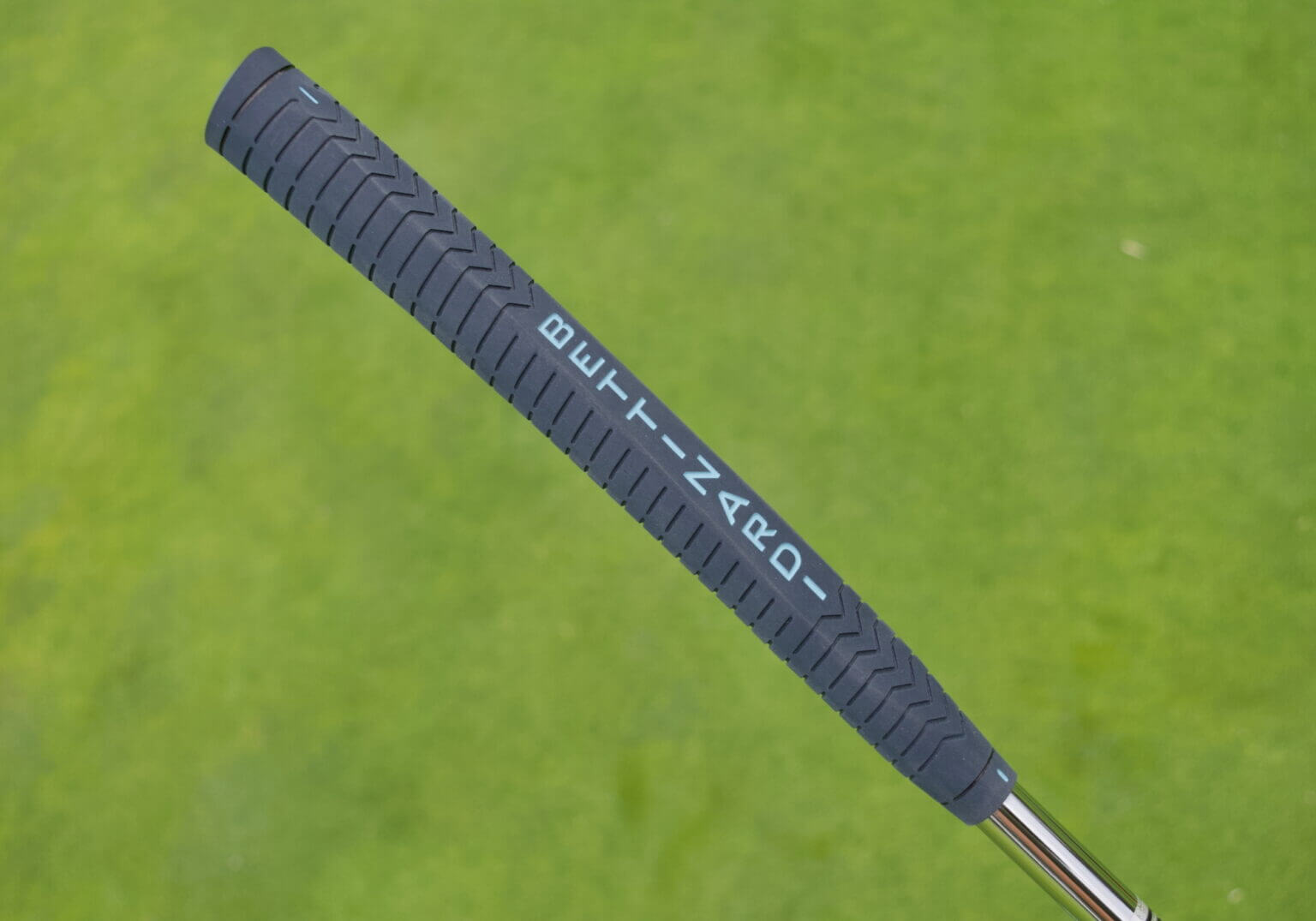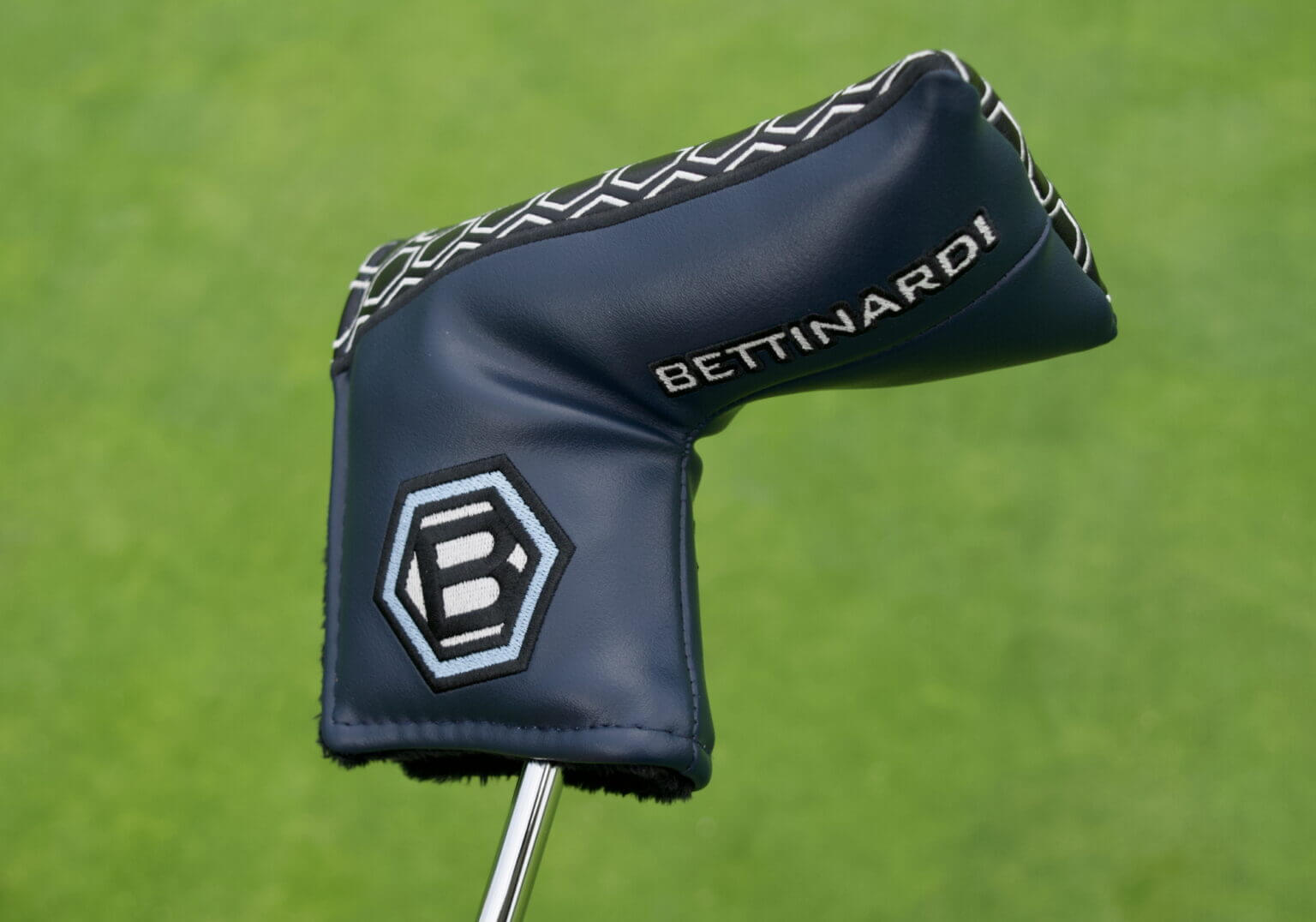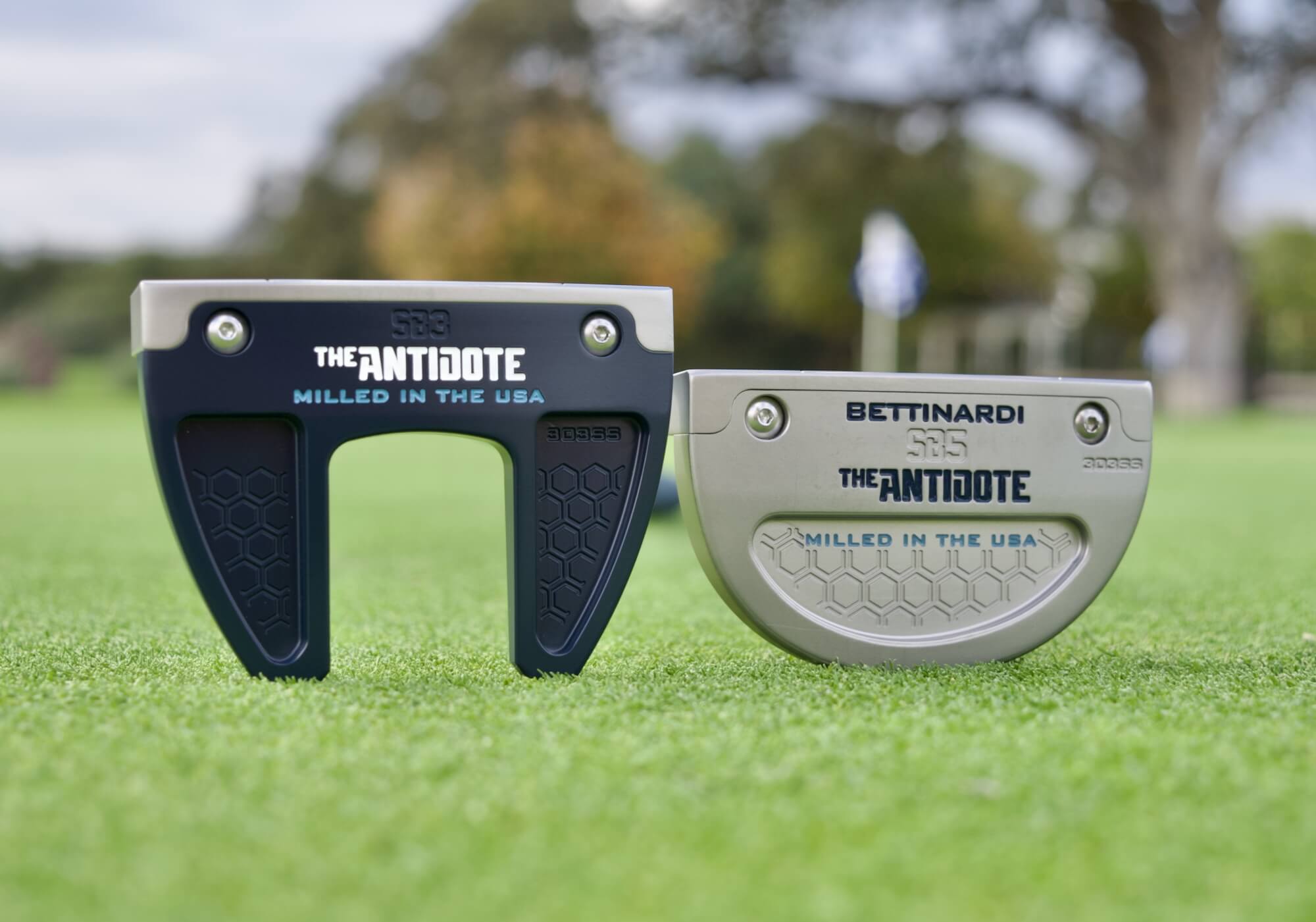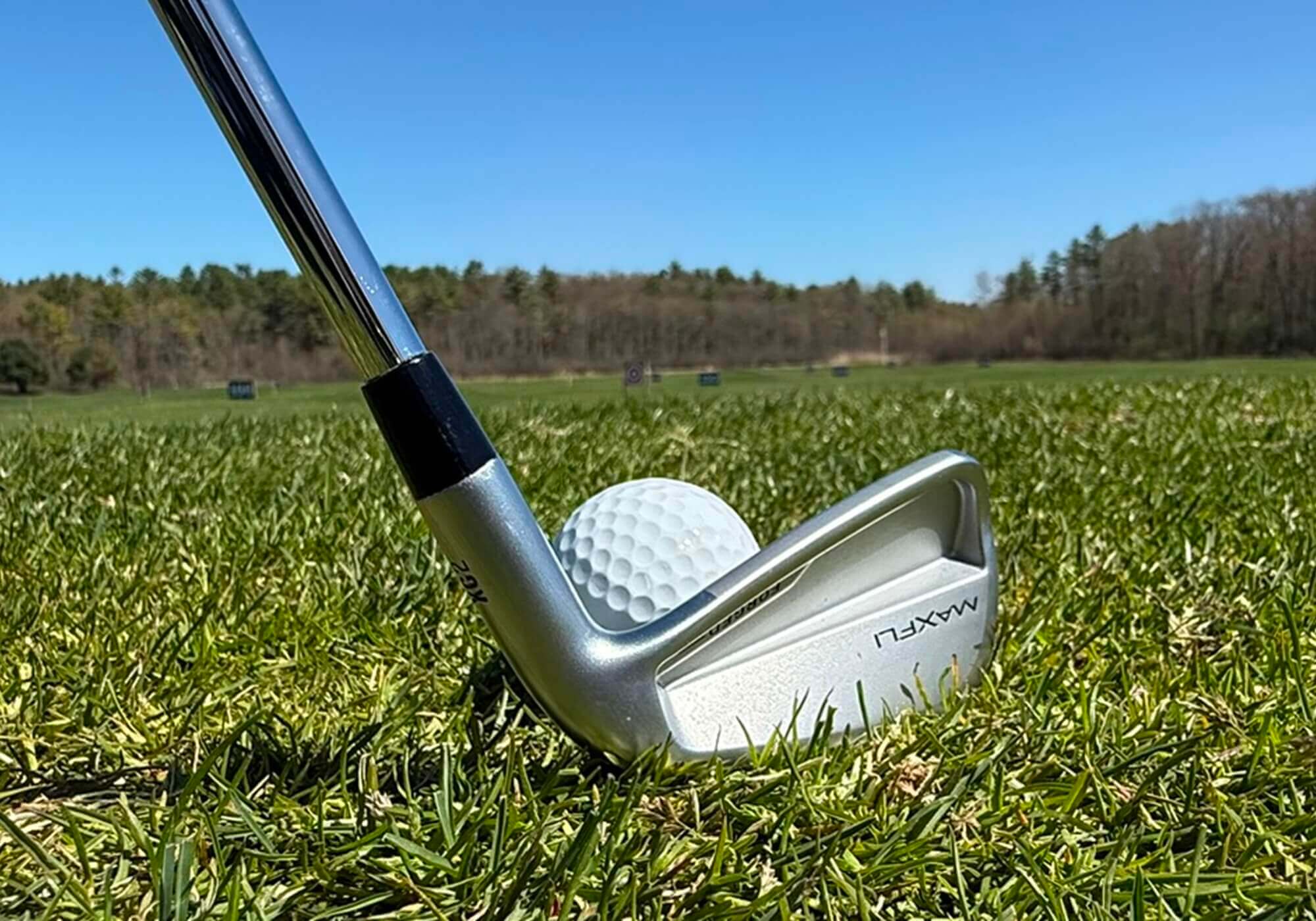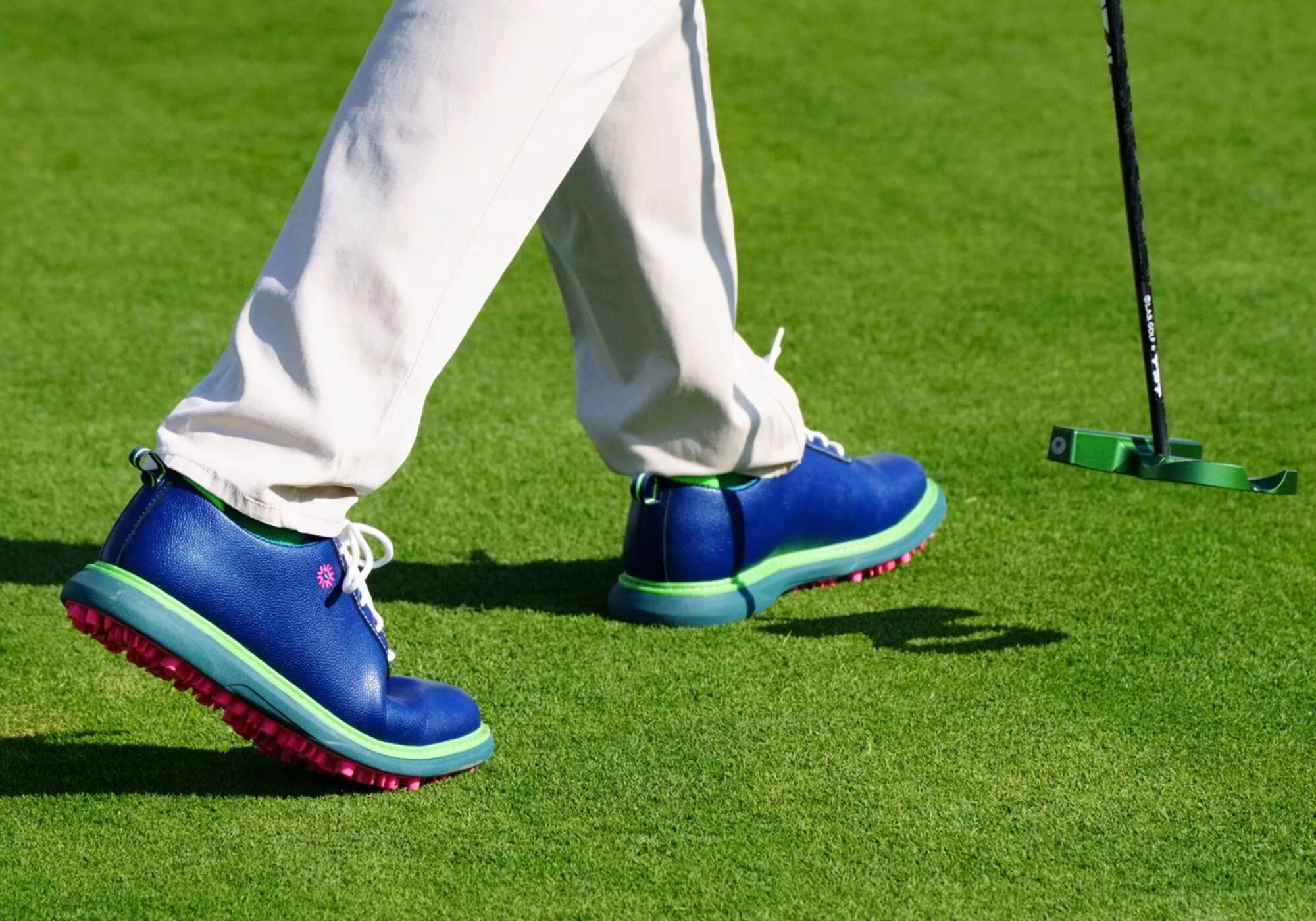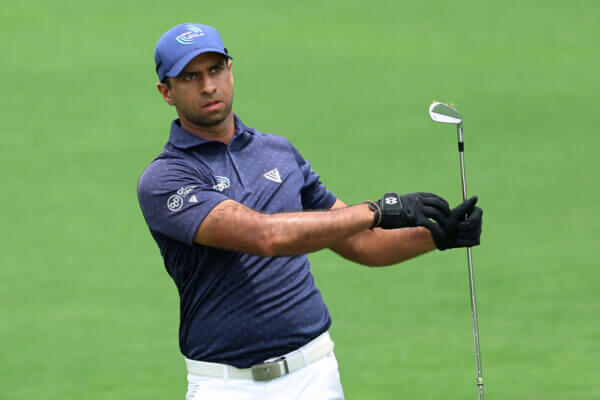It’s the holiday season, and that means it’s the season of fantastic sales. Once again, for those who don’t know me and for those of you who do, I’m MyGolfSpy’s style guy, and I’m here to help you look your best and save money. That being said, look no further than Palm Golf. Right now, they’re in the midst of their Black Friday sale with some really awesome pieces up to 75% off. They’ve got a ton of polos, pants, and sweaters for under $50… Seriously, this is a great sale. Without further ado, these are my favorite picks that will definitely help you look and feel better on and off course.
A good quarter-zip sweater is a wardrobe staple and a must-have for any golfer. Easy to take on, easy to take off, and absolutely classic, the Getaway 1/4 Zip is as good as it gets. This thing is lightweight, super stretchy, and breathable, making it versatile in every climate. For less than $50, this is a steal.
I’m all about outfit building and helping you look put together without matching too-too much. The Union Polo is a really classic but smart design. I love how subtle its accent colors are. Against the backdrop of the solid white shirt, the navy contrast on the placket and collar make a statement, and then the red detailing at the tips are chef’s kiss. I mentioned outfit building— this will look PERFECT under the Getaway 1/4 Zip.
Every golfer needs golf shorts unless you exclusively wear pants, but you’re not on tour, so, in case you didn’t know, you’re allowed to wear shorts. For under $30, the PGC Shorts are more than serviceable. While the 8-inch inseam is a little long for my taste, it suits pretty much every single body type and will make you look that much cooler. Literally.
I’ve got news for you: you’re not sponsored by Titleist, so it’s time to ditch the Titleist hat. The Captain 2.0 Performance Snapback is classic, cool, unique, and elevates your style. Gone are the days of looking stuffy and contrived on-course. Do yourself a favor, add some personality and some soul to your look. Trust me, you’ll thank me for it.






